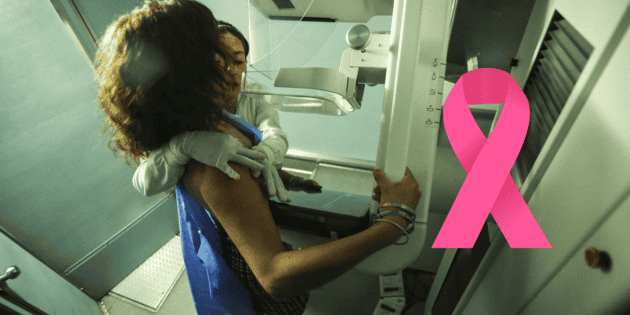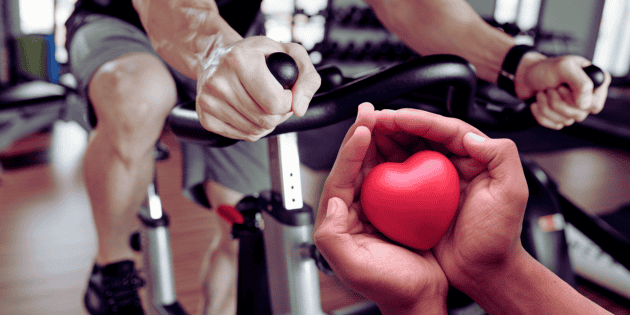Madonna, Taylor Swift, Queen, and Los del Río can save lives in the event of cardiac arrest.

Madonna's Vogue , Taylor Swift's The Man , Queen 's Another One Bites the Dust , and Los del Río's Macarena all have something more in common than success: their rhythm is ideal for performing CPR , a technique that triples the chances of surviving a cardiac arrest.
On the occasion of World Cardiopulmonary Resuscitation (CPR) Day, celebrated every October 16, the Spanish Society of Intensive Care, Critical Care Medicine and Coronary Care Units (SEMICYUC) has launched a challenge to encourage the implementation of a technique that saves many lives but is rarely practiced outside of hospital settings.
The rhythm to save livesThe rhythm of CPR is between 100 and 120 bytes per minute, the exact rhythm of many "life-saving" songs.
It's the one that has Popcorn by Aitana, Just dance by Lady Gaga, Dancing Queen by Abba, the Imperial March from the original soundtrack of Star Wars , Wannabe by Spice Girls, Stayin' Alive by Bee Gees, Hips Don't Lie by Shakira or Sweet Home Alabama by Lynyrd Skynyrd.
Also I will survive by Gloria Gaynor, Something just like this by The Chainsmokers and Coldplay, Sorry by Justin Bieber, Girls just want to have fun by Cyndi Lauper, Suave by Luis Miguel or Te duele by Gente de Zona.
CPR triples survivalThe scientific society thus encourages students, instructors, training centers, and all healthcare professionals involved in teaching life support to record short videos choosing their favorite songs for CPR and upload them to their social networks.
“We want everyone to get involved. Hospitals, schools, families—everyone—to participate. This challenge isn't just a game: it's a fun and powerful way to remind everyone that learning CPR saves lives . And the sooner we start teaching it, the more hearts will keep beating,” said José Moya, manager of the National CPR Plan at Semicyuc.
Every year, between three and four million people worldwide suffer sudden cardiac arrest outside of a hospital; CPR can triple the chances of survival if administered immediately, according to the Spanish Society of Emergency Medicine (Semes).
Don't stay paralyzedAccording to the EuReCa report "European Registry of Out-of-Hospital Cardiac Arrest: Influence of Emergency Response Times on Ultimate Survival ," presented last Tuesday, the average waiting time for first aid is 11 minutes. In only 39.4% of cases is resuscitation attempted by a bystander, 20 points lower than the European average.
In this context, Semes wants to emphasize that emergency professionals not only intervene, they also teach people how not to become paralyzed in the face of cardiac arrest.
Thus, he dismantles some of the false beliefs and fears surrounding first aid, for example, the belief that only medical professionals can perform it: "Anyone can perform basic CPR . Most arrests occur outside of the hospital, and the immediate intervention of a bystander can triple the chances of survival," he emphasizes.
It's possible to hurt him, but that shouldn't be a reason to stop ; minor fractures are a common side effect, and the important thing is to keep circulation going.
CPR is not necessarily accompanied by mouth-to-mouth resuscitation , so if ventilation is unavailable or unwilling, continuous chest compressions (hands-only) are sufficient in most cases, especially in adults.
While calling 911 is the first step, starting CPR immediately while waiting for help makes the difference: every minute without circulation reduces the chance of survival by 7-10%.
The Nursing Technicians Union (SAE) has also joined this day by organizing several workshops in different Spanish cities to raise awareness about this health issue and teach them how to perform resuscitation , an initiative that will also be carried out by various hospitals across the country.

We're now on WhatsApp! If you want to receive all the latest news and the most important events of the day on your mobile, click here and join our channel. It's free, convenient, and secure.
20minutos





